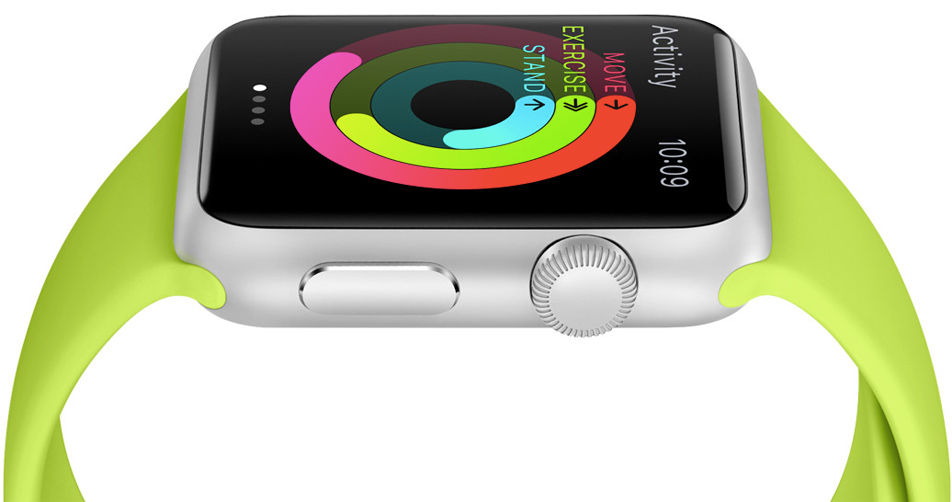The Apple Watch serves a purpose but it’s not a must-have gadget yet.
The Watch fills a niche as an appendage to the iPhone. As I wrote last month, it makes tracking email and messaging a lot easier when you’re on the go, it’s a great calendar assist, and can be a handy way to take phone calls, among other things.
But in its current iteration, the Watch is not as indispensable as a smartphone and its utility can wane over time. That’s the conclusion I’ve reached after a month of constant use. The diminishing returns factor could pose a challenge for Apple if it’s looking for the next hit product like the iPhone or iPad. Of course the Watch will improve over time and may at some point become more than just an appendage to the iPhone (or even, in some future manifestation, eclipse the iPhone). But don’t expect that to happen with WatchOS 2, Apple’s upcoming software upgrade. New software isn’t going to turn the current Watch into today’s must-have gadget.
In short, the Watch is another wearable that, in some cases, is a solution looking for a problem. Reports of tepid demand indicate that lots of iPhone owners have not opted to buy a Watch. And Apple doesn’t inspire confidence with its resolve not to release sales numbers.
Related: Apple Watch review: A new convert
To be sure, Apple isn’t the only device maker having this problem. Neither Samsung nor Motorola watches have been big hits (though the Apple Watch has apparently fared better than products from both of those brands).
A good illustration of the Watch’s uncertain utility (for me) over time is fitness tracking. After I got the Watch, I wore it during all of my fitness activities, which includes long hikes and a variety of aerobic exercises. For example, when I hike, the Watch will track how far I have walked, how many calories I’ve burned, and compare it to a past “Outdoor Walk.” But over time the value of that data (often repetitive) diminishes. So, though I still wear it when I hike, I’ve begun to ignore the notifications it gives me. And I’ve stopped wearing it for other (non-walking) aerobic exercises for the same reason.
Let me be clear. I’m not saying that it’s unnecessary for everybody. I’m sure there are plenty of Watch owners that find the Watch vital to track heart rate and monitor their fitness activities. And I’m sure there are health-monitoring apps that have (or will) become essential for many. I’m simply saying that as one relatively tech savvy consumer who exercises a lot and tries to stay healthy, I can take it or leave it.
Related: Is the Apple Watch a bust? Depends who you ask
Which brings me back to why I got the Watch in the first place. As I said in my initial review of the Watch, when dealing with email and messaging, it’s a big evolutionary step, if not revolutionary. I still find it more efficient than the iPhone for handling the constant stream of email and messaging throughout the day. The vast majority of messages are not high-priority and a split-second glance at the Watch is all that’s necessary to deal with an email or text. Posture comes into play too: no need to keep your head in a semi-permanent bent-forward state, staring at your iPhone.
And phone calls have evolved too: for the first time you can take and make calls from your wrist. That’s a godsend if you’re away from your phone in the house and need to take a call or can’t get a call because you are physically unable to reach for your phone.
So, all of the reasons I got the Watch are still valid. But I also have to admit that the Watch isn’t quite the must-have fourth screen (in addition to a PC, tablet, phone) that I initially thought it was. I would find it very hard to get by without a PC, phone, and even my iPad. But the same can’t be said of the Watch. At least not yet.
by Brooke Crothers
More from FoxNews.com Tech:




